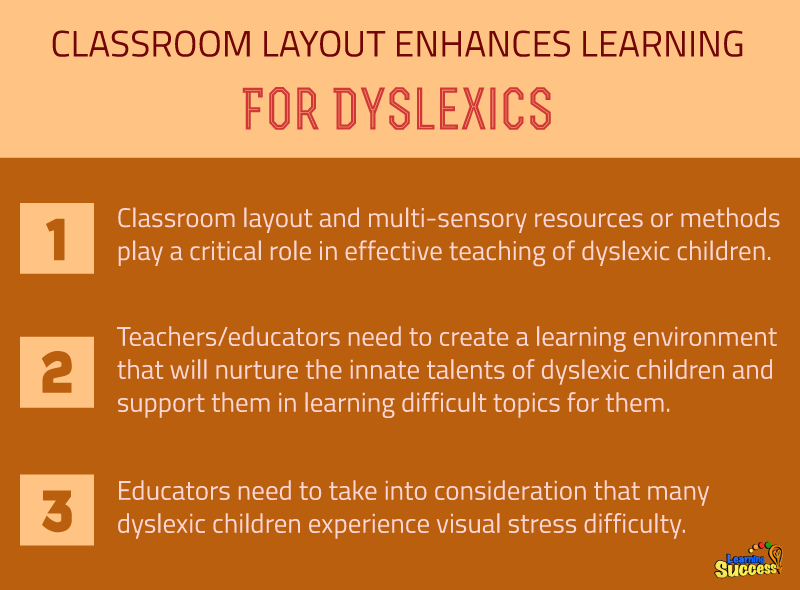
There are many different strategies for teaching children with dyslexia, and sometimes you have to get creative to best engage the students. Teachers must create a learning environment that will nurture the innate talents of dyslexic children, and support them in learning difficult topics.
In the video below, teachers suggest that by rearranging the classroom and utilizing the physical space, the learning environment can become a multi-sensory approach that appeals to the students' strengths.
As an example, mathematics can be shown using hoops, and many subjects can be better taught with visual aids. This creative approach is currently being adapted by other teachers in their classrooms.
There are specific brain exercises and games you can do with your child to improve their learning, and we'd love to help you discover them.
Our simple online analysis tool can help you find what areas need strengthened.
Key Takeaways:
Do You Need help with a Learning Difficulty?
Our simple online analysis will help you get to the core of the problem and find the right solution for you.
Understanding how to help someone with a learning difficulty starts with understanding which micro-skills are affected. When you learn which of the micro-skills is the problem, you will then be on your way to solving it.
You'll also learn how to:
- Build confidence
- Enhance Learning ability
- Eliminate avoidance
- Build grit
You can get this analysis for free by filling out this simple form. This will help you get to the bottom of a learning difficulty and provide you with a solution. If you are ready to put this problem behind you click the button below and fill out the form.










